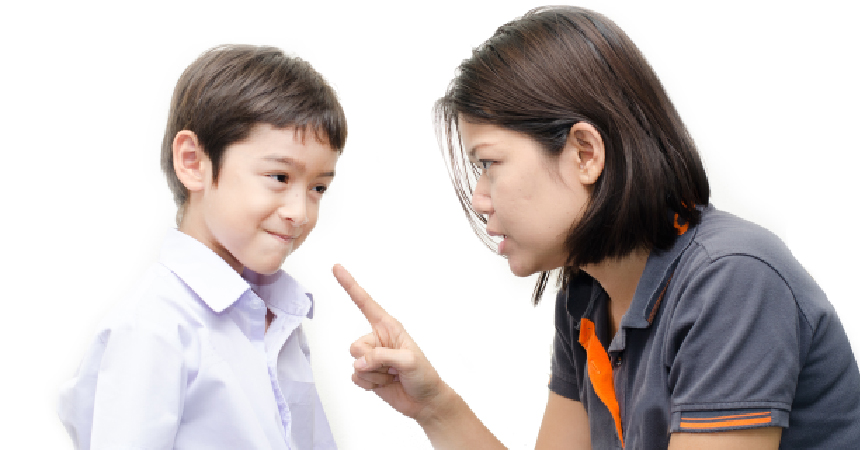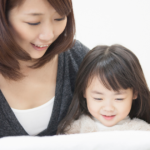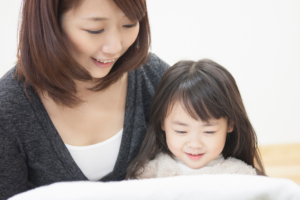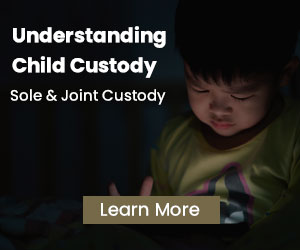5 Useful Tips for Parents Coping with a Passive Aggressive Child

Passive aggressive behaviour in a child is more common than you would think. We often face issues at home when our child refuses to do what we want her to do. It could be a phase that she is going through – she is 3 years old after all! However, things could be deeper than a phase. It could be passive aggressive behaviour.
According to Wikipedia, passive aggressive behaviour is the indirect expression of hostility, such as through procrastination, stubbornness, sullen behaviour, or deliberate or repeated failure to accomplish requested tasks for which one is (often explicitly) responsible.
It is a bad habit for a child to have such behaviours. It impacts her life because constant exposure to passive aggression reduces her ability to express her emotions and eventually, cause her to grow up as an emotionally, immature adult. It affects her future friendships, relationship, marriage and also her ability as a parent. It is, therefore, an important mission for parents to help their child overcome this bad habit.
Here are 5 ways that we use to help our child.
1. Reflect upon ourselves
This is a crucial step to take as parents. We need to see if we are behaving passive aggressively. Children mirror what their parents do, so if we are behaving in a passive aggressive manner, it is likely that our children are just mirroring our own bad habits. Check both Dad and Mum’s behaviour in the home to see if there are constant passive aggressive behaviours towards each other or towards the child.
2. Recognise the symptoms
Another crucial step towards helping our child is to recognise passive aggression. We often think that our child is going through a phase and let her be. While children do go through phases, it is important to tell the difference between throwing a tantrum because she is going through a phase and blatantly refusing to do what we tell her to do because she is passive aggressive. Once we identify the passive aggressive behaviours, it was easier for us to help our child get through it.
3. Listen, instead of talk
We discover that as parents, we talk too much. Our child was told what to do and did not have a chance to ever express her emotions, needs and wants. We believe that we know what she needs and gives her what we think she wants. It turns out to be a big mistake. We have also unconsciously, forbid our child to express her anger in a healthy way. Whenever she kicks up a fuss, we lecture her and basically told her to “shut it”. So, her passive aggressive behaviour was formed by us, her parents. We have since learned, to listen, instead of talk. When our child has a moment of direct defiance, (for example, we caught her using her crayons to “decorate our living room walls with doodles and she responded by drawing a few more lines on the wall to upset us further), we ask her, “why do you do that to make Dad and Mum angry?” You may think that a 3-year-old does not know how to answer this question but she did give us an answer. It was because we did not allow her to take a sip of the coffee that Dad was having during breakfast. An older child may keep quiet or say “I don’t know”. Don’t give up though, just keep asking whenever the chance arises. The child will eventually tell you the reason why.
4. Show your child reality as it is
In other words, don’t shelter them from problems. Reality is the best educator for a child. As parents, we want to protect our children from problems and shelter them from conflicts. While it may work now, it will create greater damages in the future. What we did was to begin showing our child how we resolve conflicts – not through passive aggressive behaviours, but through logical discussions to express our anger with each other, and eventually to work out a compromise. We know this is hard – it was horrible, but it works wonders! If you have more than one child at home and they quarrel, work things out with them and try to help them resolve the conflict reasonably through discussions and compromises.
5. Encourage your child to feel
We have a girl, so it was easier for us since society did not enforce a “girls cannot cry” mantra. No matter whether you have a girl or a boy, it is important to encourage your child to feel and express that feeling. We started by showing our child how we express our emotions. When we get angry at something, we express our anger in a healthy way – like going for a jog or doing more housework. When we get upset, we cry in front of our child. We also encourage her to do the same. By allowing her to express her anger, even at us, she is now able to tell us whenever she is upset or angry, reducing the instances of passive aggressive behaviour. She also understands that it is ok to cry when she is sad and to dance when she is happy. Our child is much better at expressing emotions once she realises that Dad and Mum are not going to scold her for expressing her emotions anymore.














